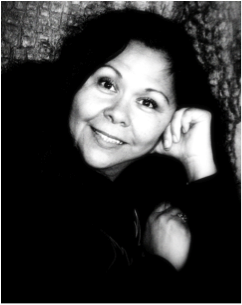
This journey into earth preservation feels to be just the beginning of a greater understanding of how I can contribute with my art and my hands to the process of geo-healing. As a Purépecha, an indigenous citizen, I have understood what it is to honor our mother the earth through acts of ceremony and conscious caring of the terrain. The Art Lab adventure opens new ways in which I can directly participate in restoration and conservation as an act of intervention. It is clear that all humankind has much work to accomplish in order for mother earth to prevail for our coming generations.
The Biosphere 2 facility provided a unique opportunity for us to interrelate with on-site scientists. Although it brought the issues of hydrology to the forefront, it did not illustrate the omnipresence of the state of climate change that immediately impacts the human condition on multifarious levels. The biosphere provided fundamental background on current research and methodology.
It was our visit to the Tumamoc desert laboratory with Dr. Raymond M. Turner and his work with archive repeat photography that magnified the imminence of climate change. The longevity study on desert flora was one of the missing links I was looking for. Tumamoc also revealed itself as an ancient sacred site—one that is
directly connected over the millennia to its descendents, the Tohono O’odham. What I
observed was scientific appropriation of the area however, total absence of the O’odham in stewardship and protection of these ceremonial ruins—a place where cultural reclamation needs to occur—yet another aspect of preservation.
The full dilemma became clearer as we moved to the U of A for summarization of what we were looking at in terms of total climate modification. However, not until we stayed at Cuencos Los Ojos ranch, hub of the foundation by the same name, did I observe the actualization of comprehensive restoration initiatives.
Here is where things began to come full circle. Here I witnessed Valer Austin, the human trope for environmental conservation demonstrate how human beings have the power to wound as well as to mend our earth. Valer institutes everything from protection and replenishment of natural resources and fauna to water harvesting and education of the larger world community.
This experience, for me, became the “decisive moment”. Art and labor are tools at our disposal. We, as earth citizens, make it or break it for humanity. Now the question…how do “I” contribute to the healing as resourcefully as possible? This realization becomes the springboard for the creative process pulling me into an exploration of sound, image, movement and more.


